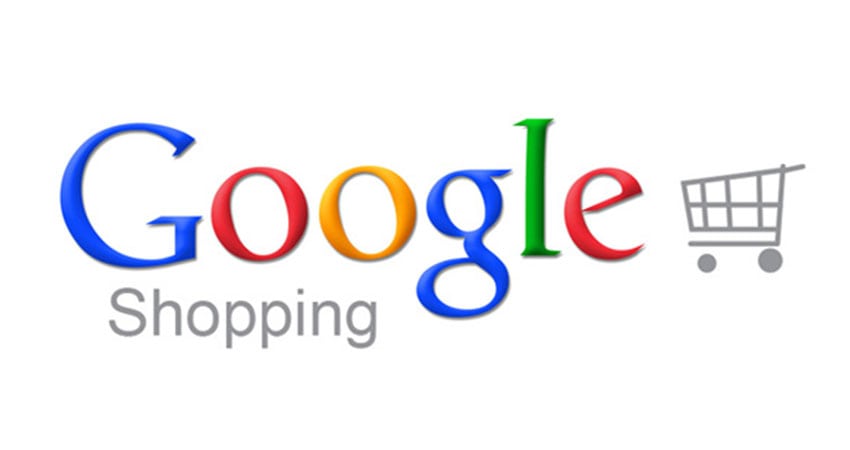Amazon is tough to beat. The ecommerce behemoth’s vast product range, easy shipping options, convenience and speed mean that it has a stronghold on the ecommerce market. But you can compete and set yourself apart by offering a better customer experience and embracing opportunities offered by other channels.
To do this, you need an omnichannel marketing strategy that can help you take advantage of new opportunities and channels. That’s where Google Shopping comes in. Google Shopping is a pay-per-click advertising channel that is similar to your text ads that you create for Google AdWords, but with product listings on your website appearing in the the search, instead of text. You place bids for certain terms and manage your paid ads through Google AdWords and through Google Merchant Center.
In this article we’ll look at the benefits of selling on Google Shopping, how it compares to Amazon, and how to optimize your products to ensure you get the best return on investment for your marketing campaigns.
Why should I sell on Google Shopping
You need to be where your customers are, regardless of the channel, device, time of day, or location. This requires an omnichannel strategy that takes advantage of new channels to reach and target your customers in new ways. Despite this, 86% of ecommerce marketers have still not executed a full omnichannel marketing strategy for their brand.
If you’re wondering why you should invest in Google Shopping as a channel consider this: Google is the leader in search. You don’t “Bing” something when you don’t know the answer, you “Google” it. With Google Shopping, not only do your adverts appear in the Shopping tab, if you optimize your product listings, they can also appear on the main Google SERP. There is a huge opportunity to reach new customers who may not have even heard of your brand, but have started their shopping journey by using Google to find out more about the product they are looking for.
Take my search for sunscreen. When I typed “best sunscreen for face” into Google, the first results to come up were product listings on Google Shopping. This is key real estate on the Google SERP.
When I click the Shopping tab, I can sort by price and review score, and filter by price, brand, use, and features, as well as add products to a list to save for later. This kind of filtering beats Amazon’s search and sort feature hands down, and it makes it much easier for potential customers to discover products on your site. If you’ve optimized your product correctly, it should show up in the search results, and on the Shopping tab, for your chosen bids.
An advantage with Google is that when someone clicks on your product in the search results, they go straight to your website, they don’t end up on an Amazon designed and controlled product page. You retain control of how your product appears and the experience they have with your brand, and once they are on your site, you can more easily get them to sign up for your email newsletter or follow you on social media.
In terms of ROI per channel, the results look promising. Take the parts company that averages $12 to $14 in sales for every $1 spent with Google Shopping ads. A company in the outdoor space also generated $19,000 in sales from 165 transactions with a total campaign spend of $67.
How to optimize your products for Google Shopping
Google Shopping can be a great channel for new customer acquisition, but you need to optimize your products to make sure that they appear to search listings in the same way you need to optimize your website to rank highly in Google’s main search, or write compelling Google Adwords copy.
As Google determines when your product listing ads show up and for which queries, you need to take a similar approach to your SEO strategy for optimizing your website to appear high in the search results for your chosen keywords. The factors Google considers when deciding where to place your ads include your Google Shopping data feed (the actual text of your product listing) and your AdWords bids to determine what search queries trigger your ads.
To increase your chances of appearing top in the search results there are some key areas you need to optimize. These include:
- Making sure all the product images on your website are high quality. Check out Google’s guidelines on what it considers low quality images if you’re unsure what to do. Here are some more tips on optimizing your Google Shopping images.
- Ensuring you include all the relevant information in your Google Shopping listing. This includes the ID, Title, Description, Google product category, Product type, Link, Mobile link, Image link, Additional image link, Condition, Availability, Availability date, Price, and Sale price. You also need to ensure you organize and order the keywords in the title and description.
- Keeping your listing up to date with all the relevant information, and making sure you remove listings for products you no longer sell, or Google will punish you.
- Including your products’ Global Trade Item Number to help Google put your products in the relevant category.
You’ll also want to keep an eye on your analytics so you can bid higher for products that convert well.
If you fully embrace Google Shopping as a key channel in your omnichannel strategy then you can help reach new buyers and new markets, and create an effective strategy to compete with Amazon on your own terms.
Eric Keating is Vice President of Marketing for Zaius

